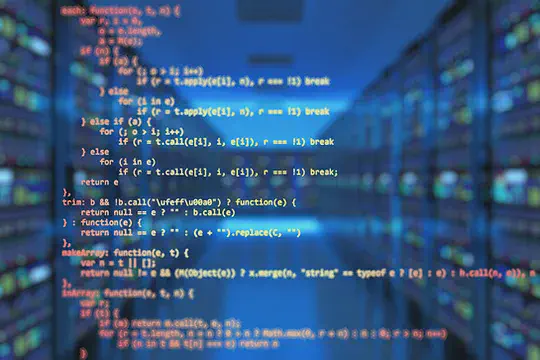Excerpt§
Identifiers like variable and function names in Python must follow certain rules - they can only contain letters, digits and underscores but cannot start with a digit. Conventions like snake_case improve code readability.
In Python, identifiers are used to name variables, functions, classes, modules and other objects. Identifiers make code more readable by allowing developers to choose intuitive, meaningful names. However, there are some rules and conventions that must be followed when naming identifiers in Python. Understanding these rules will help ensure you write valid, properly structured Python code.
What is an Identifier?§
An identifier is a name given to entities like variables, functions, classes, etc. in Python. It can be composed of letters, digits and underscores. Identifiers are used to label these objects in a program so you can refer to them later. For example:
1my_variable = 5
2def my_function():
3 print("Hello")
4class MyClass:
5 x = 10
pythonHere my_variable, my_function and MyClass are identifiers.
Naming Rules for Python Identifiers§
There are some important rules to follow when naming identifiers in Python:
- Can contain alphanumeric letters (a-z, A-Z) and underscores (_)
- Cannot start with a digit (0-9)
- Case sensitive (myvar and MyVar are different identifiers)
- Cannot be a Python keyword (for, while, class etc)
Additionally, here are some free online tools that can help with case conversion:
- String to Snake Case - Converts to snake_case
- String to CamelCase - Converts to camelCase
- String to Pascal Case - Converts to PascalCase
- String to Capital Case - Converts to Capital Case
Using these tools can help ensure you follow naming conventions properly.
Valid Identifier Examples§
Here are some examples of valid identifiers in Python:
1my_variable = "IToolkit"
2accountNumber = 12345
3MAX_SIZE = 100
4_private_variable = 0
pythonThese follow all the rules mentioned above.
Invalid Identifier Examples§
And here are some invalid identifiers:
11var = 10 # cannot start with digit
2my-variable = 5 # no hyphens allowed
3for = 10 # 'for' is a Python keyword
4Var = 5 # different from var due to case sensitivity
pythonTrying to use any of these will result in a SyntaxError in Python.
Naming Conventions and Styles§
Beyond just following the rules, it’s important to use proper naming conventions and styles for readability. Here are some common conventions:
snake_case - All lowercase with underscores for variables and functions. This is the most commonly used style.
1my_function() 2my_variable = 10pythonA free online verification tool is attached for you, come and verify it!
PascalCase or CamelCase - Capitalized words without spaces or underscores for classes.
1class MyClassName: 2 ...pythonThe free online verification tools are attached for you, come and verify!
ALL_CAPS - Capital letters with underscores for constants.
1PI = 3.14 2MAX_SIZE = 100pythonA free online verification tool is attached for you, come and verify it!
Single trailing underscore (_) - Used for marking identifiers as private.
1_private_variablepython
Using these conventions consistently will help make your code easier to understand. The online case conversion tools mentioned earlier can help convert strings to the proper naming convention.
Summary§
To summarize Python’s identifier naming rules:
- Can only contain alphanumeric letters and underscores
- Cannot start with a number
- Are case sensitive (myvar and MyVar are different)
- Cannot use Python keywords as identifier names
It’s important to follow these rules to avoid errors. Additionally using naming conventions like snake_case and PascalCase improves code readability.
Clear, intuitive identifier names make Python code more maintainable and robust. Following these naming rules and conventions is essential to writing valid, professional Python code. The online case conversion tools can help ensure you properly follow Python’s naming conventions.















